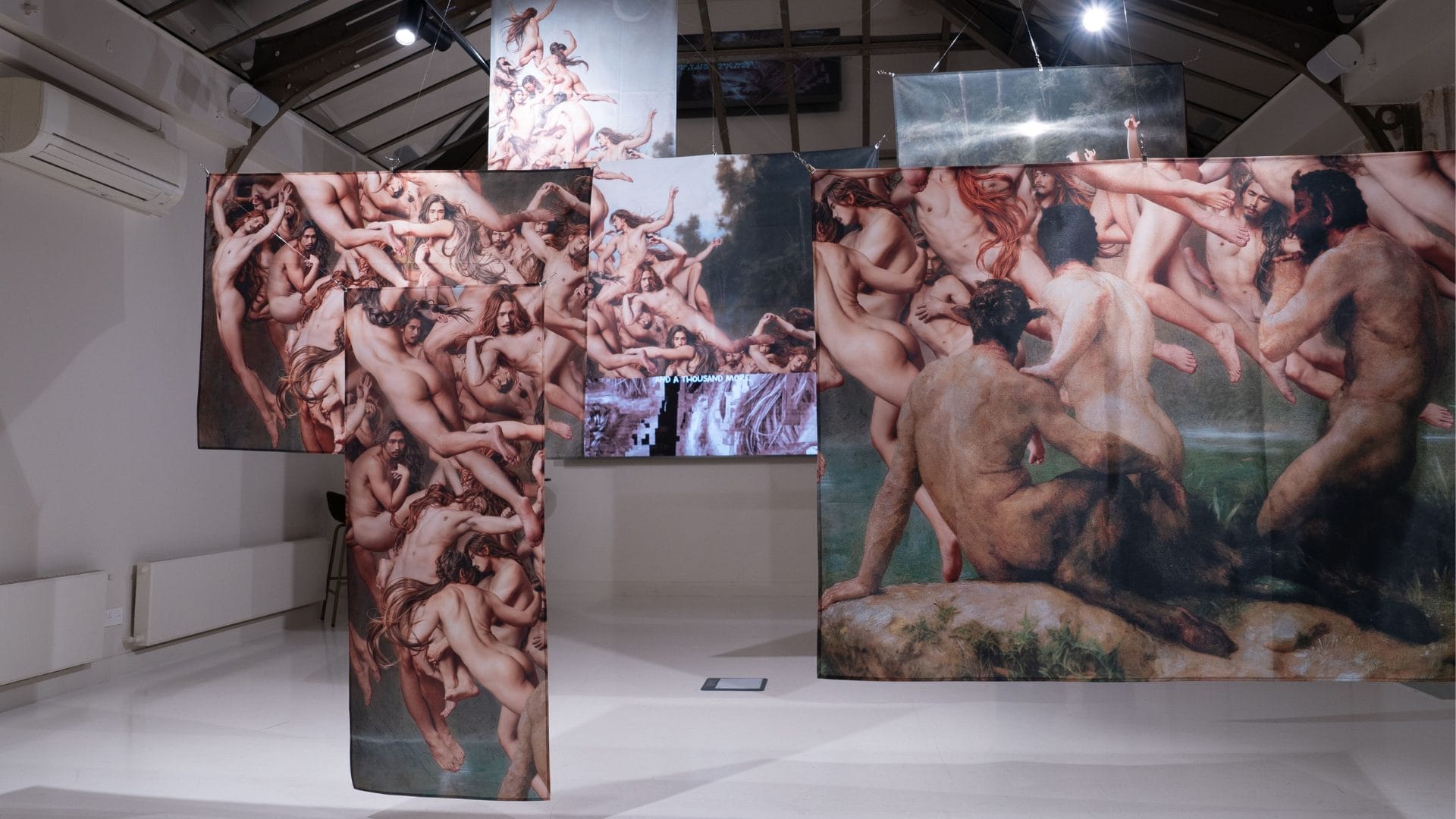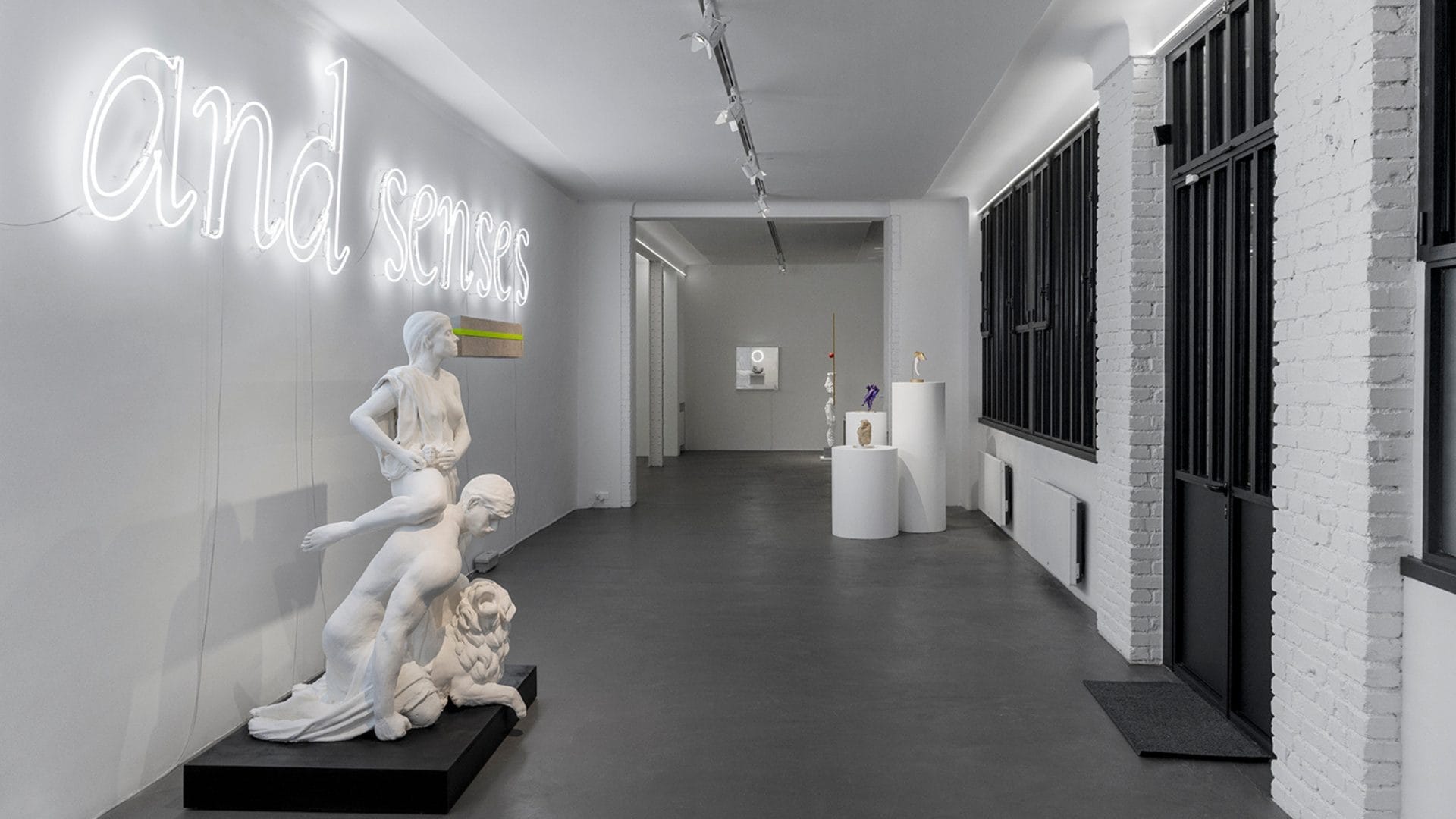
Léo Fourdrinier, POEMS HIDE THEOREMS, Galerie Les filles du calvaire, Paris
“Poems Hide Theorems” by Léo Fourdrinier, curated by Gaël Charbau, at Galerie Les filles du calvaire, Paris, 05/10/2024 – 02/11/2024.
You have to discover, handle, tame and make irrational objects yourself to appreciate the particular or general value of those we have before our eyes. — Claude Cahun, Prenez garde aux objets domestiques, Cahiers d’Art, n°1-2, 1936 p.45-48 The emergence of artificial intelligence in our daily routines is an event probably without precedent in the modern history of our societies. The lightning speed of its practical applications, from transport management, agricultural optimization, image, text and music generation to the synthesis and imitation of literary texts – this infinite range of applications, from the most derisory to the most baffling, fascinates and baffles us more and more every day. Like an ever-growing wave, every interaction with the world we inhabit now seems capable of passing through the filter of these neural networks that accelerate our lives, extend our perceptions, take the place of our memory, determine our future tastes and censor our utterances in the “public squares” that are social networks. AI has become our unconscious and our superego. Almost innocently, the phones we stick against our bodies now know us better than anyone else and, above all, better than we know ourselves. The consequence of this revolution is to dispossess artists of the creative gesture. When the most surreal images can be created instantly, when entire albums or short films can be generated with just a few clicks, our perception of the “creative act” itself is called into question. Who actually creates? The person who writes a few prompt lines, or the algorithm that responds to them? In his assemblages, Léo Fourdrinier manages to rediscover that essentially Surrealist gesture, worthy descendant of André Breton’s reflections and the “object poem”, where desire, encounters, chance, dreams, poetry, love and freedom mingle. More often than not, he plays with a collision of molded forms and found, sometimes modified, objects. Deliberately “below” digital perfection, his collages of volumes give rise to “surplus objects”, strange shapes lost away from a world of calculations and floating commas, unmistakably artisanal and unrelated to the monotonous vocabulary of 3D printers. Matter III (Patience dans l’Azur), 2024, for example, brings together a plaster cast inspired by a sculpture by Jean Bologne (cast from a live model), a metal sphere and the book Patience dans l’Azur by astrophysicist Hubert Reeves. Venus, 2024, once again features a motorcycle, a machine dear to the artist and symbolizing for him the vehicle of love. The fairing is carved from white Carrara marble, while the fuel cap features a child’s hand. Once again rediscovering his surrealist roots, Léo Fourdrinier’s aim is to produce works that are even more inspiring than inspired. His best pieces act like a thunderbolt, a kind of visual fulgurance, which functions as if the objects that make them up were magnetized to one another. The force that binds them together is based on the cosmic laws of attraction and magnetic fields. But only the artist knows what predisposes them to this encounter – I alone have the key to this wild parade, Rimbaud concluded in Parade. The Gravity series features a simple gesture: the deformation of an antique plaster face by a metal sphere, which completely upsets its canonical proportions. Improbable encounter, obvious encounter. The works in Poems hide theorems serve no political, historical or social purpose. They seek no pretext. They have the same coldness that machines invent, but they reveal a sensuality that algorithms ignore. They don’t have the slowness of moralizing boredom, they don’t bother with speeches: their poetry is sometimes even taken directly from popular songs (Mind and Senses Purified, 2022). They return us to the right place where we enjoy forms: softness, presence, brilliance, weight, color, mattness, gratuity. Freedom. Rid of all guilt, all we have to do is, at last, look.
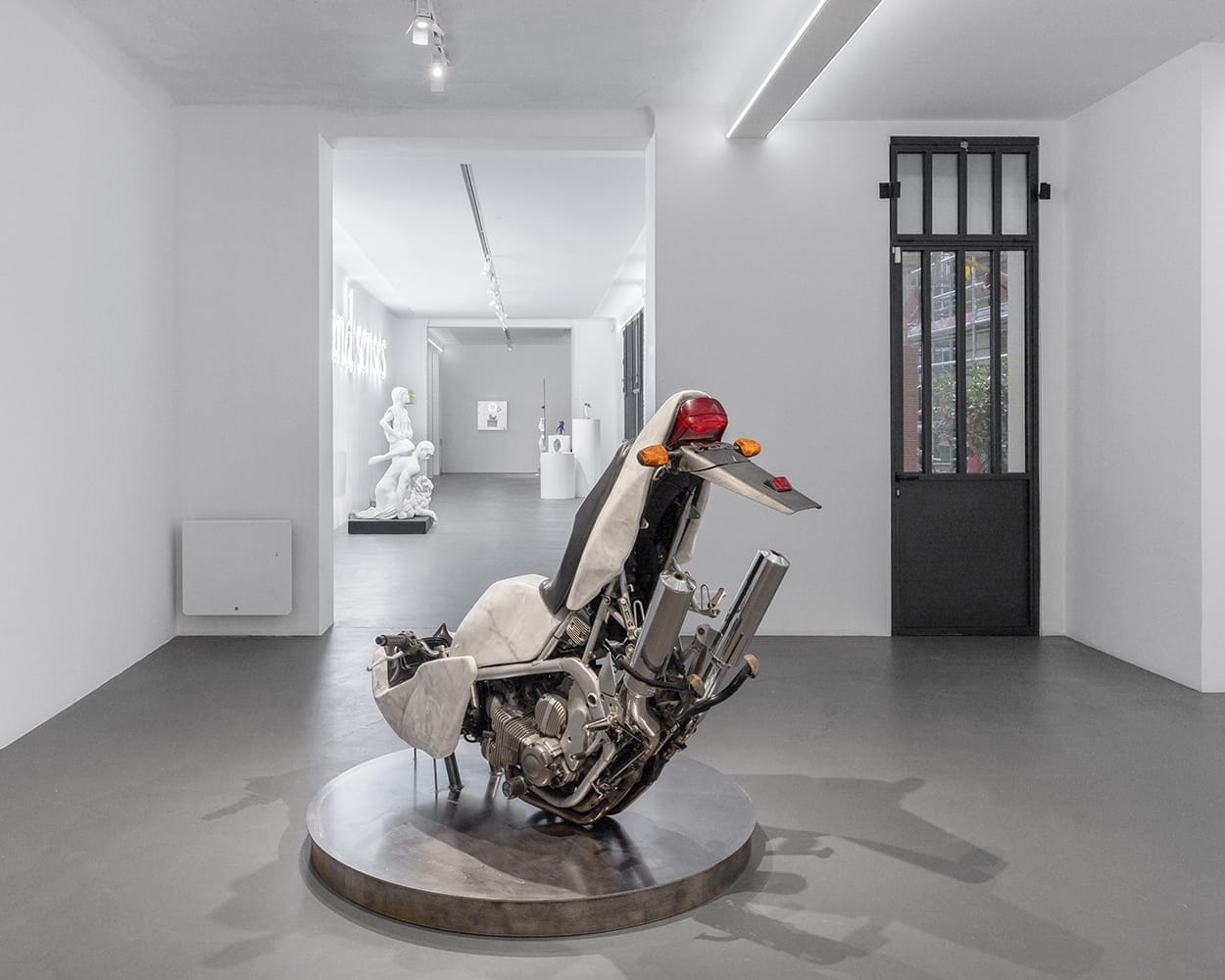
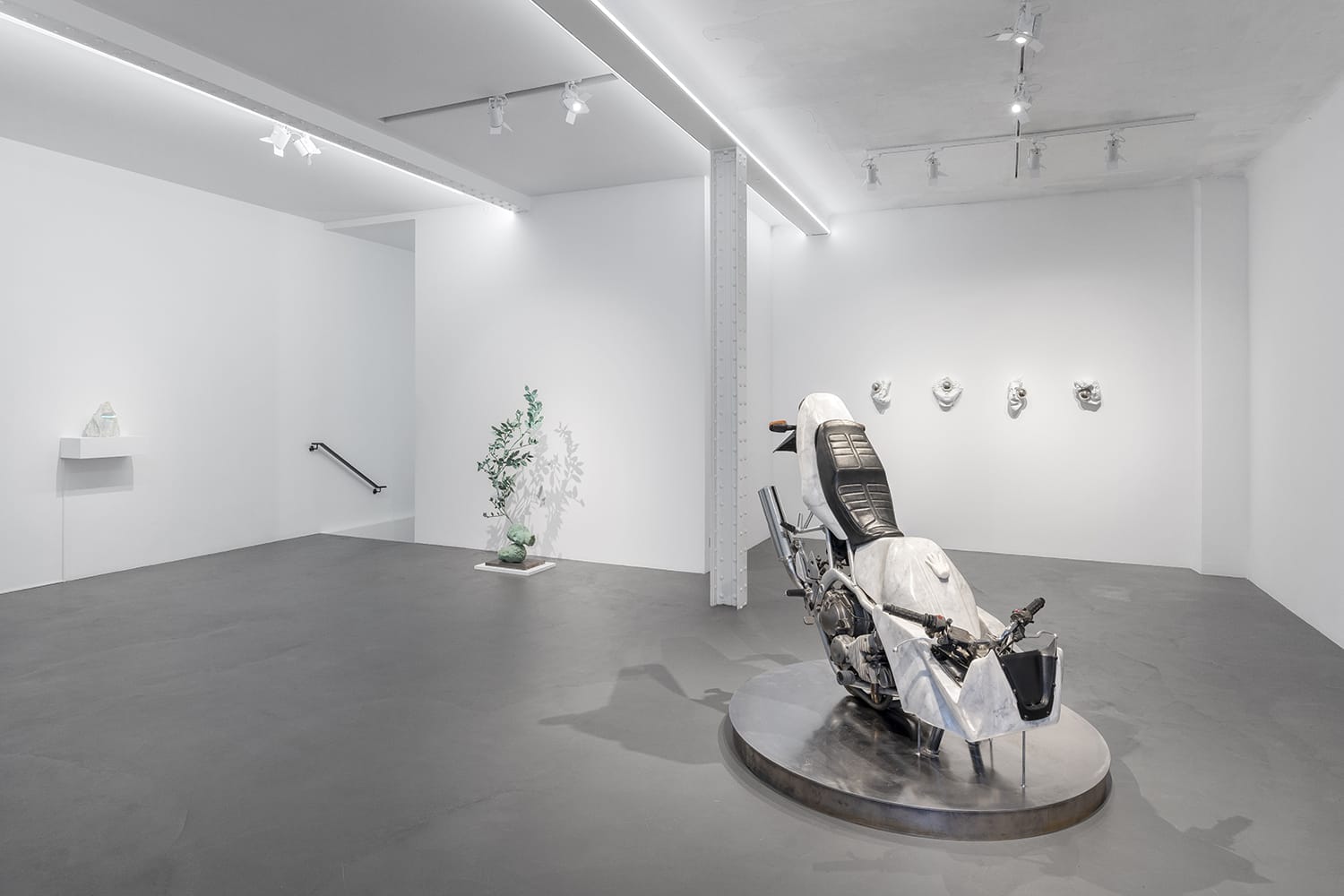
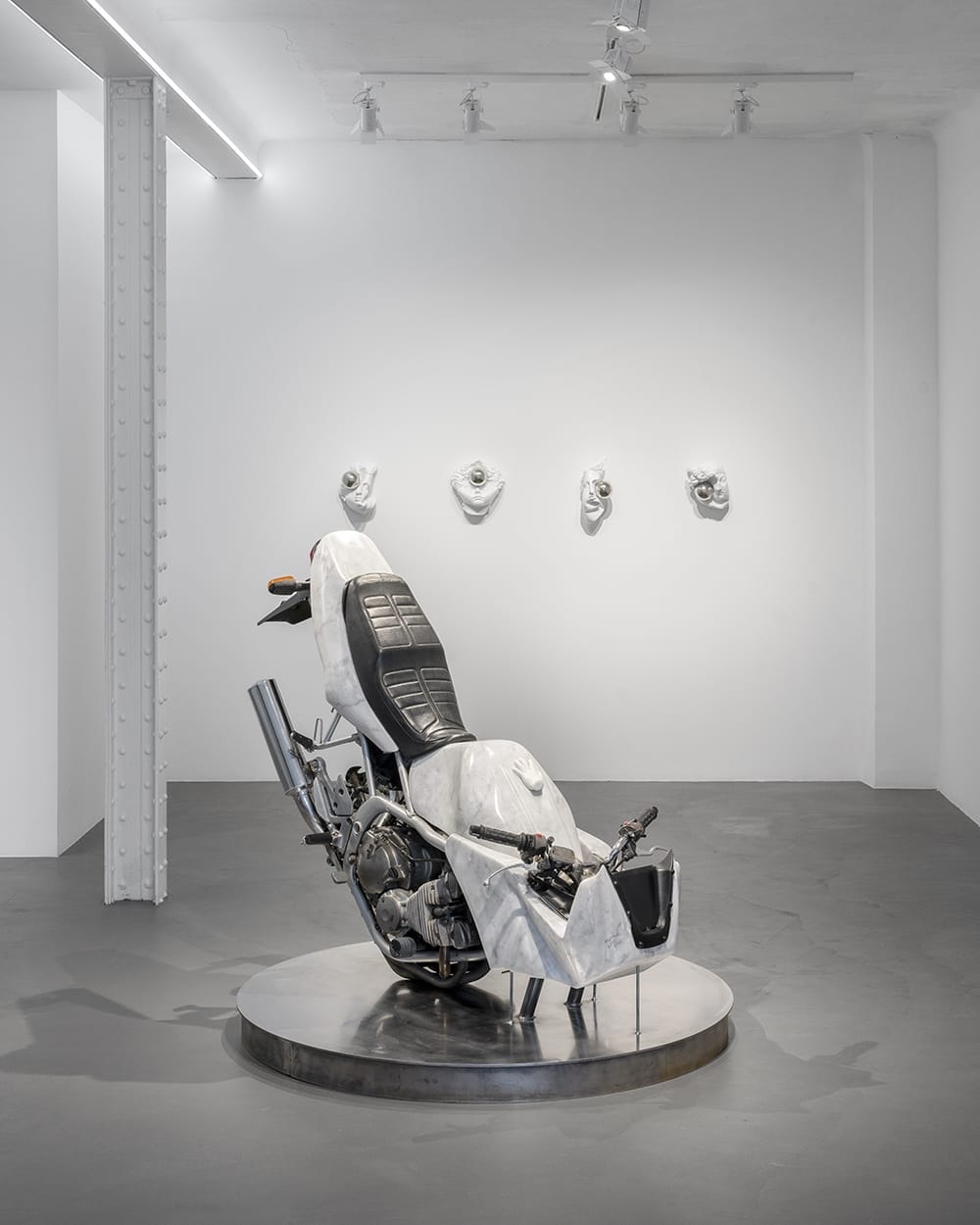
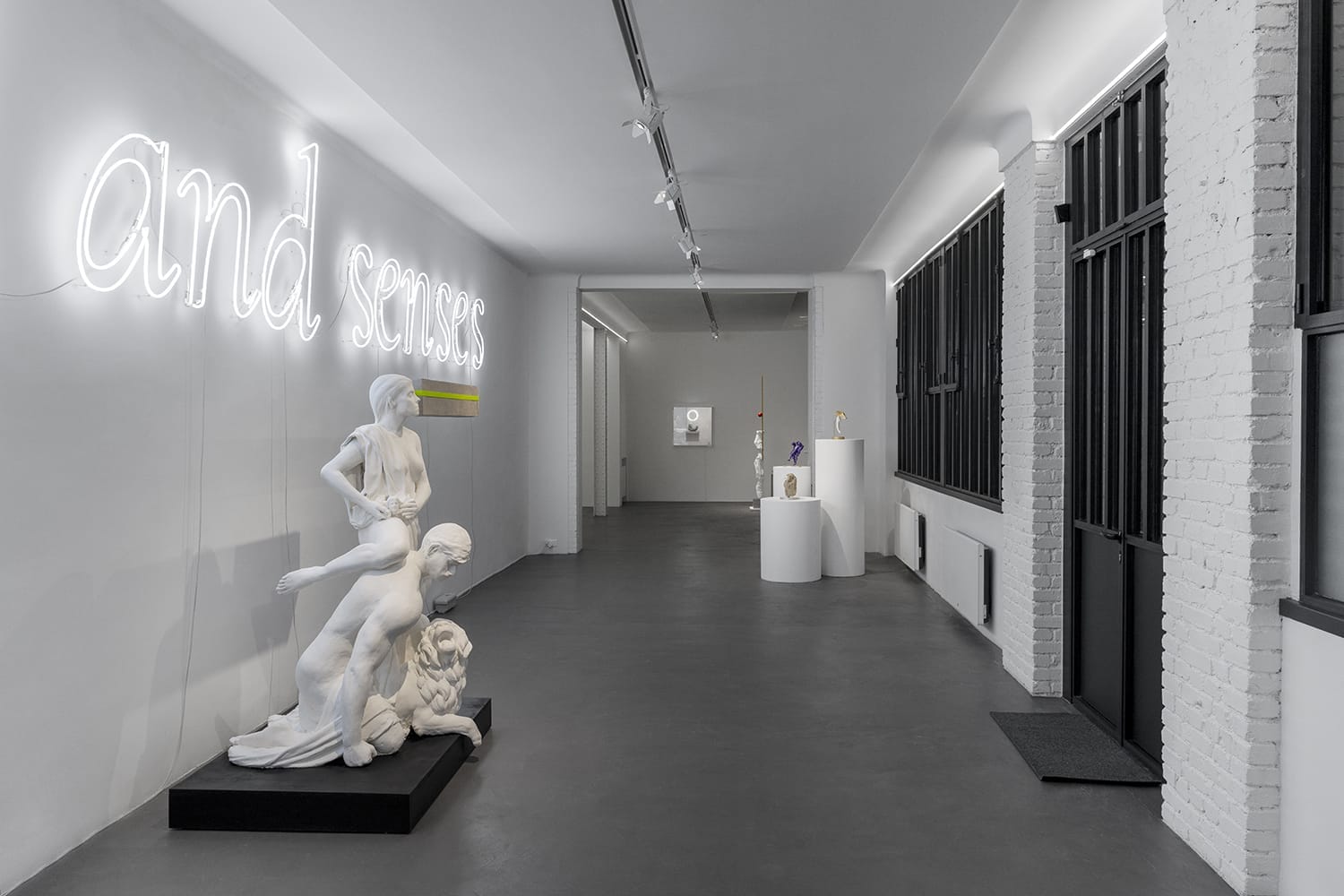
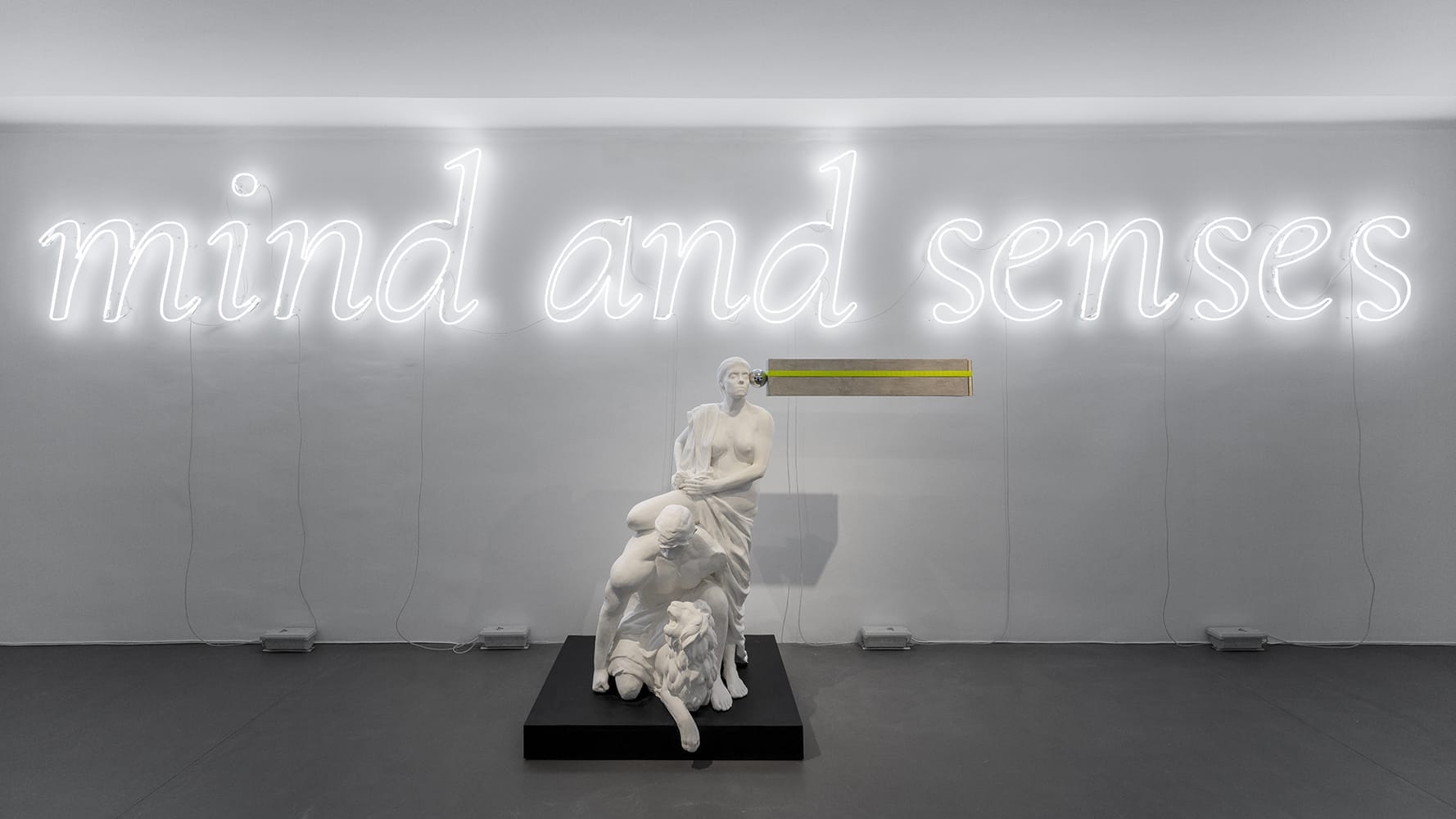
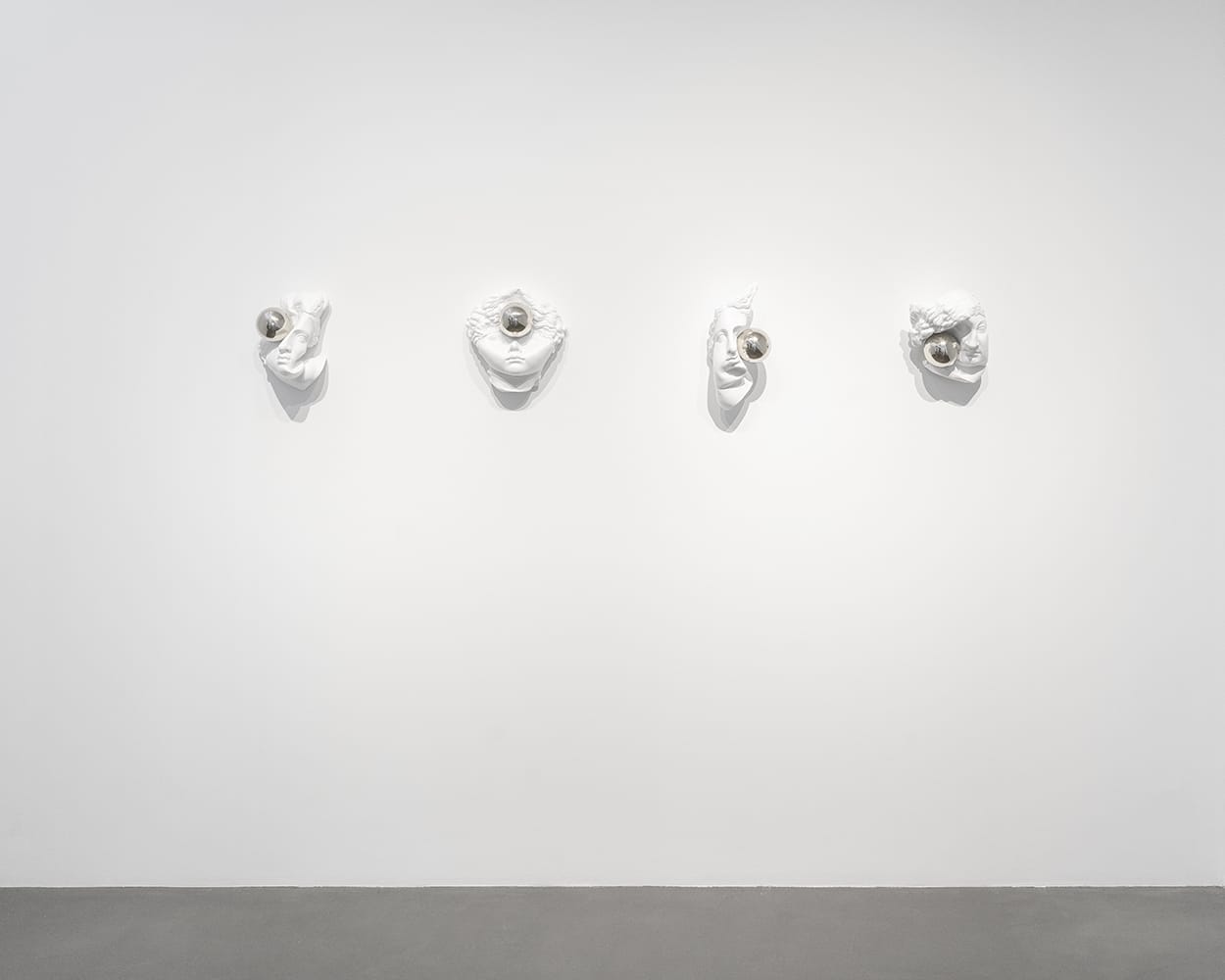
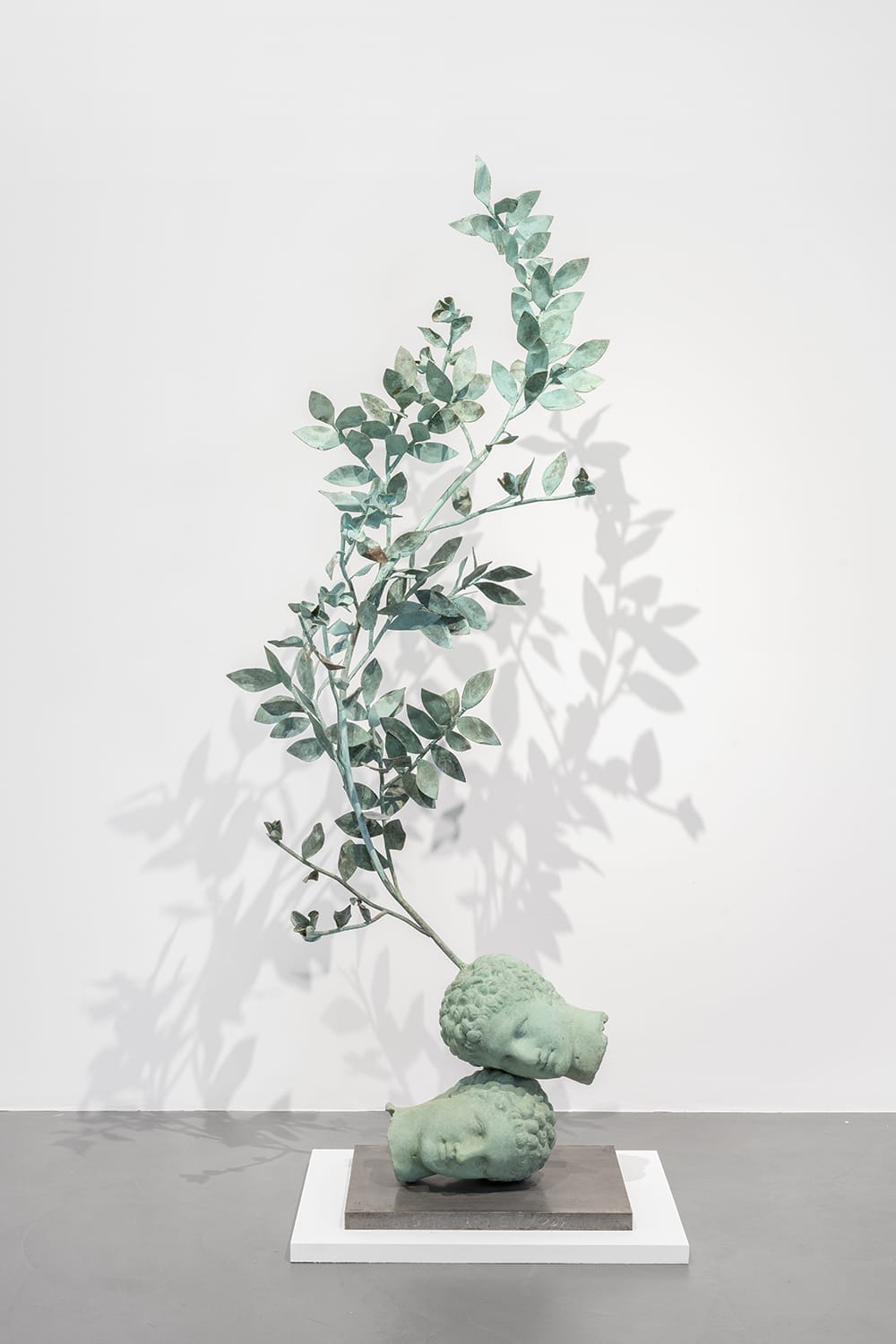
fakewhale
Founded in 2021, Fakewhale advocates the digital art market's evolution. Viewing NFT technology as a container for art, and leveraging the expansive scope of digital culture, Fakewhale strives to shape a new ecosystem in which art and technology become the starting point, rather than the final destination.
You may also like
Fakewhale in dialogue with Marcello Maloberti
With his new project METAL PANIC, showcased at PAC in Milan, Marcello Maloberti transforms the space
Anti-crash by Scerbo
Introducing Scerbo Artist: Scerbo – Birthplace: Biella, Italy. – Living in: Biella, Ital
ArtVerse in Conversation with Fakewhale
Sebastien Borget has spent years shaping the digital landscape as co-founder of The Sandbox, one of



